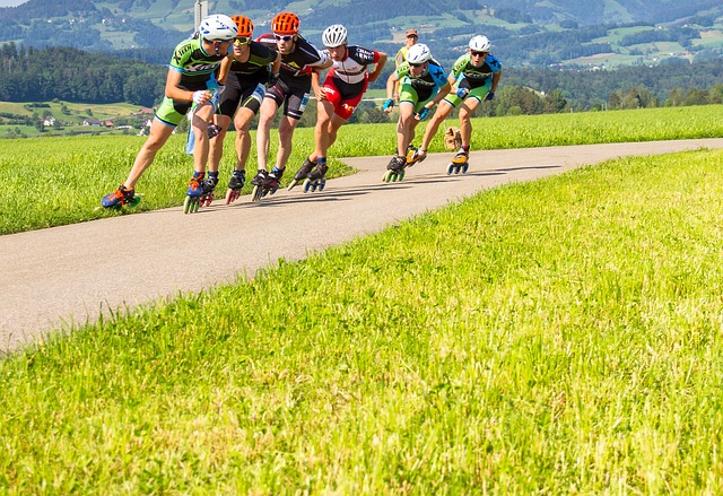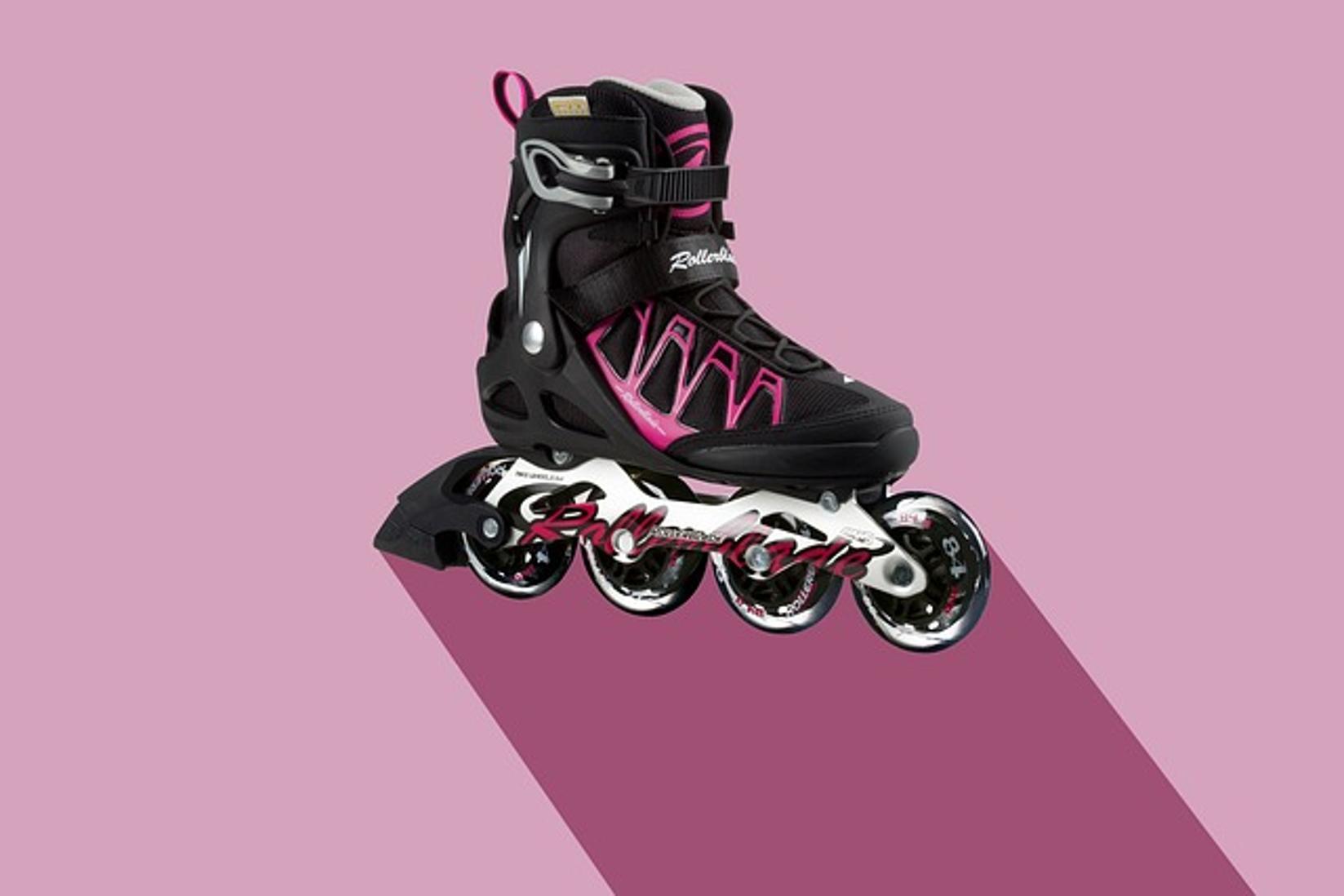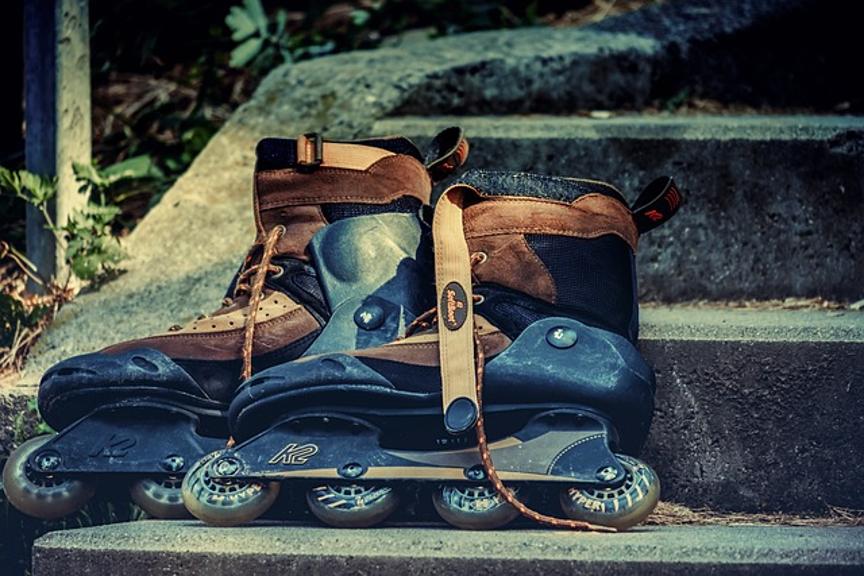Introduction
Inline skating offers a thrilling way to stay fit and enjoy the outdoors. However, knowing how to stop safely is crucial for every skater—from beginners just getting their balance to advanced skaters tackling steep slopes. Mastering stopping techniques not only ensures your safety but also makes your skating experience more enjoyable. Whether you’re gliding through a park or navigating city streets, being able to stop on a dime can make all the difference. In this guide, we’ll explore fundamental and advanced stopping techniques, along with important safety tips to help you become a confident and controlled inline skater.

Essential Inline Skating Equipment
Before diving into stopping techniques, it’s essential to have the right equipment. Proper gear can make a significant difference in your performance and safety.
- Inline Skates: Choose skates that fit well and offer good ankle support. The wheel configuration should be appropriate for your skill level—larger wheels for advanced skaters and smaller wheels for beginners.
- Protective Gear: Always wear a helmet, wrist guards, elbow pads, and knee pads. These items protect against injuries during falls and collisions.
- Brake Pads: Most beginner inline skates come with a heel brake, essential for learning basic stopping techniques. Ensure that the brake pad is in good condition and replace it when worn out.
- Proper Clothing: Wear comfortable, flexible clothing that allows freedom of movement. Avoid overly loose garments that might get caught in the wheels or obstruct your vision.
Having the right equipment sets the stage for safe and efficient inline skating, allowing you to focus on mastering your stopping techniques.

Basic Stopping Techniques
For those new to inline skating, starting with basic stopping techniques is foundational. These methods are user-friendly and offer a great starting point.
Heel Brake Stop
The heel brake stop is the most common and straightforward technique for beginners. Here’s how to do it:
- Shift Your Weight: Begin by gliding with your knees slightly bent.
- Extend One Leg: Extend the leg with the brake pad slightly forward.
- Apply Pressure: Gently lift the toe of the extended leg to engage the brake pad against the ground.
- Control the Speed: Gradually increase the pressure on the brake pad to slow down and come to a complete stop.
T-Stop
The T-Stop is another fundamental stopping method, useful when your skates don’t have a brake pad or when you want to improve your balance and control. Follow these steps:
- Glide Smoothly: Keep your knees bent and glide forward.
- Position Your Foot: Lift one foot slightly and position it perpendicular to your gliding direction (creating a ‘T’ shape with your feet).
- Drag and Apply Pressure: Gently drag the perpendicular foot behind you, applying pressure with all four wheels to create friction and slow down.
- Balance: Maintain your balance by keeping your core engaged and your knees slightly bent.
Both of these techniques provide a reliable means for beginners to learn how to control their speed and stop safely.
Advanced Stopping Techniques
As you become more confident on your skates, you may want to explore advanced stopping techniques. These methods require more skill and practice but offer greater control and efficiency.
Plow Stop
The Plow Stop, akin to the technique used in skiing, is ideal for slowing down gradually, especially on downhill slopes. Here’s how to execute it:
- V-Shape Stance: Start by forming a V-shape with your skates—heels together and toes apart.
- Bend Your Knees: Keep your knees bent and your weight centered.
- Push Outwards: Gradually push your feet outwards, using the inner edges of your wheels to create friction.
- Control the Force: Increase the pressure by pushing harder to slow down more rapidly.
Powerslide
The Powerslide is a dynamic and effective stop, commonly used by advanced skaters. It involves sharper movements and greater control. Follow these steps:
- Build Speed: Gain moderate speed with a controlled glide.
- Initiate the Slide: Shift your weight to one leg, bend the knee, and pivot on the ball of that foot.
- Turn the Other Skate: Swing the other skate around to a perpendicular position, similar to the T-stop, but with more force.
- Apply Pressure: Use the sideways motion of the perpendicular skate to create friction, initiating a slide and a quick stop.
Mastering these advanced techniques not only improves your ability to handle different terrains and speeds but also enhances your overall skating proficiency.
Common Mistakes and How to Avoid Them
Even seasoned skaters can make mistakes while stopping. Identifying common pitfalls and knowing how to avoid them can save you from potential injuries.
- Leaning Backwards: Leaning back while attempting to stop can throw off your balance and result in a fall. Always keep your weight centered.
- Stiff Knees: Rigid legs limit your mobility. Keep your knees slightly bent to absorb shocks and maintain balance.
- Overusing the Brake Pad: Over-reliance on the heel brake can slow your progression. Practice other techniques like the T-Stop to build versatility.
- Insufficient Practice: Don’t expect perfection immediately. Consistent practice is necessary to master stopping techniques.
Good technique coupled with awareness of these common mistakes will enhance your stopping skills efficiently.
Safety Tips for Practicing
Practicing stopping techniques safely is as important as learning them. Here are crucial safety tips:
- Choose a Safe Practice Area: Select a flat, open space such as a park path or an empty parking lot to practice your stopping without obstacles.
- Warm-Up: Perform light exercises to warm up your muscles and joints before skating to prevent strains and injuries.
- Check Your Gear: Regularly inspect your skates and protective gear for any signs of wear and tear.
- Buddy System: If possible, practice with a friend who can assist in case of falls or accidents.
These precautions can help create a safe environment for honing your stopping skills.

Conclusion
Mastering various stopping techniques on inline skates is essential for safety and enjoyment. Whether you’re just starting with the Heel Brake and T-Stop or advancing to the Plow Stop and Powerslide, consistent practice and proper gear are key. Stay safe, keep practicing, and happy skating!
Frequently Asked Questions
What is the easiest way to stop on inline skates?
The heel brake stop is widely considered the easiest method for beginners. It involves using the brake pad on the heel of your skates to create friction and slow down.
How can I practice stopping safely?
Practice stopping techniques in a safe, open space away from traffic and obstacles. Wear full protective gear and warm up properly before you start.
What should I do if my brakes wear out?
If your brake pad wears out, replace it immediately. Most sporting goods stores carry replacement brake pads, and you can easily swap them yourself or seek professional assistance.
